While I make a point to visit special exhibitions at the museums near where I live, it always seems like an extra treat when I'm visiting a museum in a new place and they have something additional on display.
At the Legion of Honor this summer, they had an exhibition on Early Rubens, detailing much of the Dutch Master's early works and some of the accompanying preparation sketches.
Peter Paul Rubens (1577-1640) was a highly skilled Dutch oil painter, one of few artists who knew fame during their lifetime.
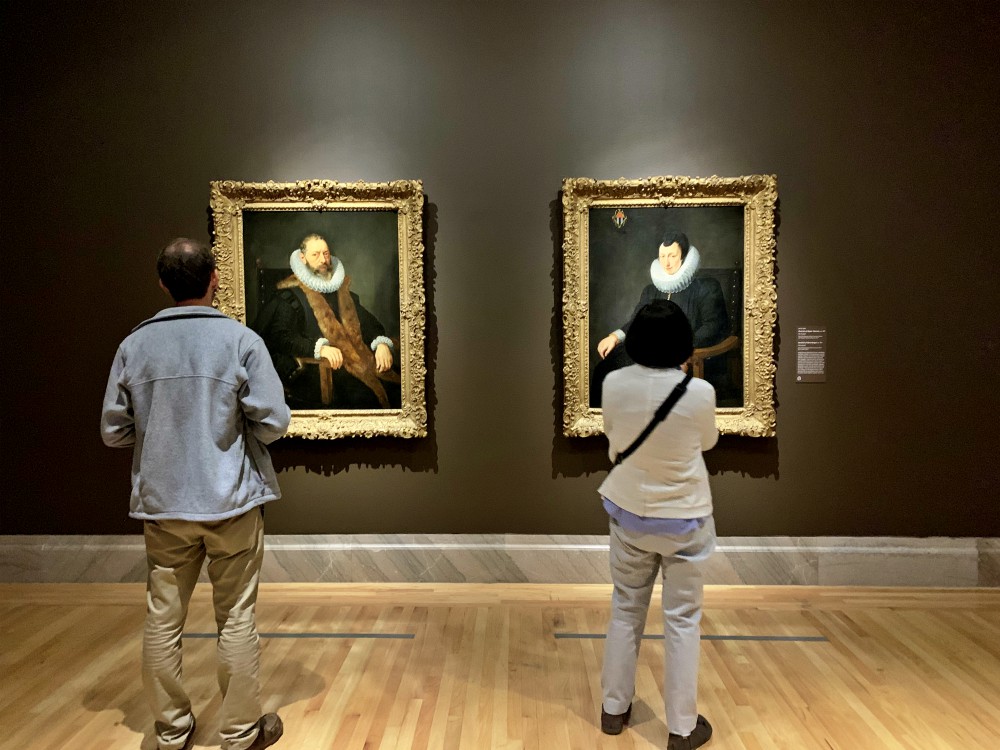 Portraits of Rogier Clarisse and Sara Breyel, 1611
Portraits of Rogier Clarisse and Sara Breyel, 1611
 Portrait of Paracelsus, 1615-1620
Portrait of Paracelsus, 1615-1620
In the last twenty years of his life, Rubens' work gained him enough fame that he was sought out by nobles who wanted one of his paintings on their walls, and inspired followers with his techniques.
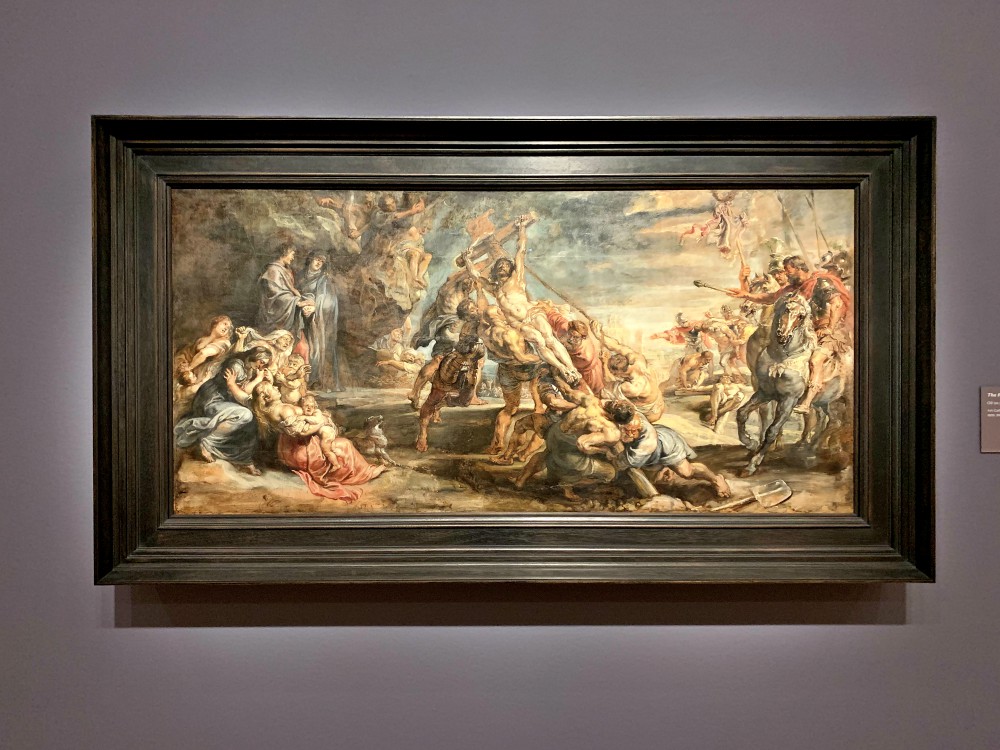 The Raising of the Cross, 1638
The Raising of the Cross, 1638
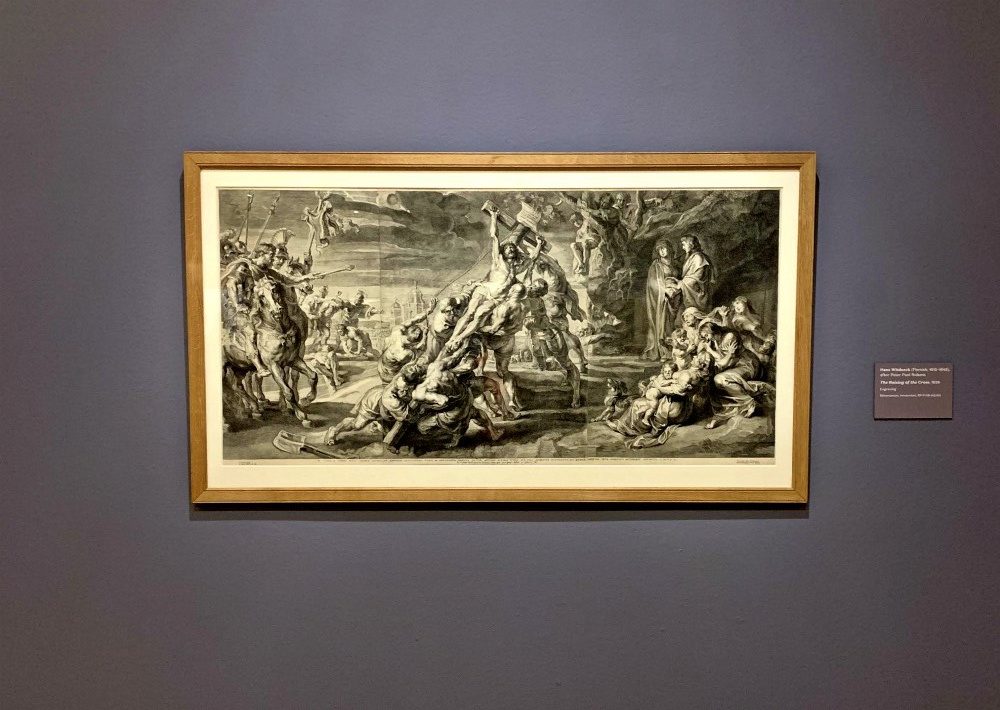 The Raising of the Cross, Hans Witdock after Rubens, 1638
The Raising of the Cross, Hans Witdock after Rubens, 1638
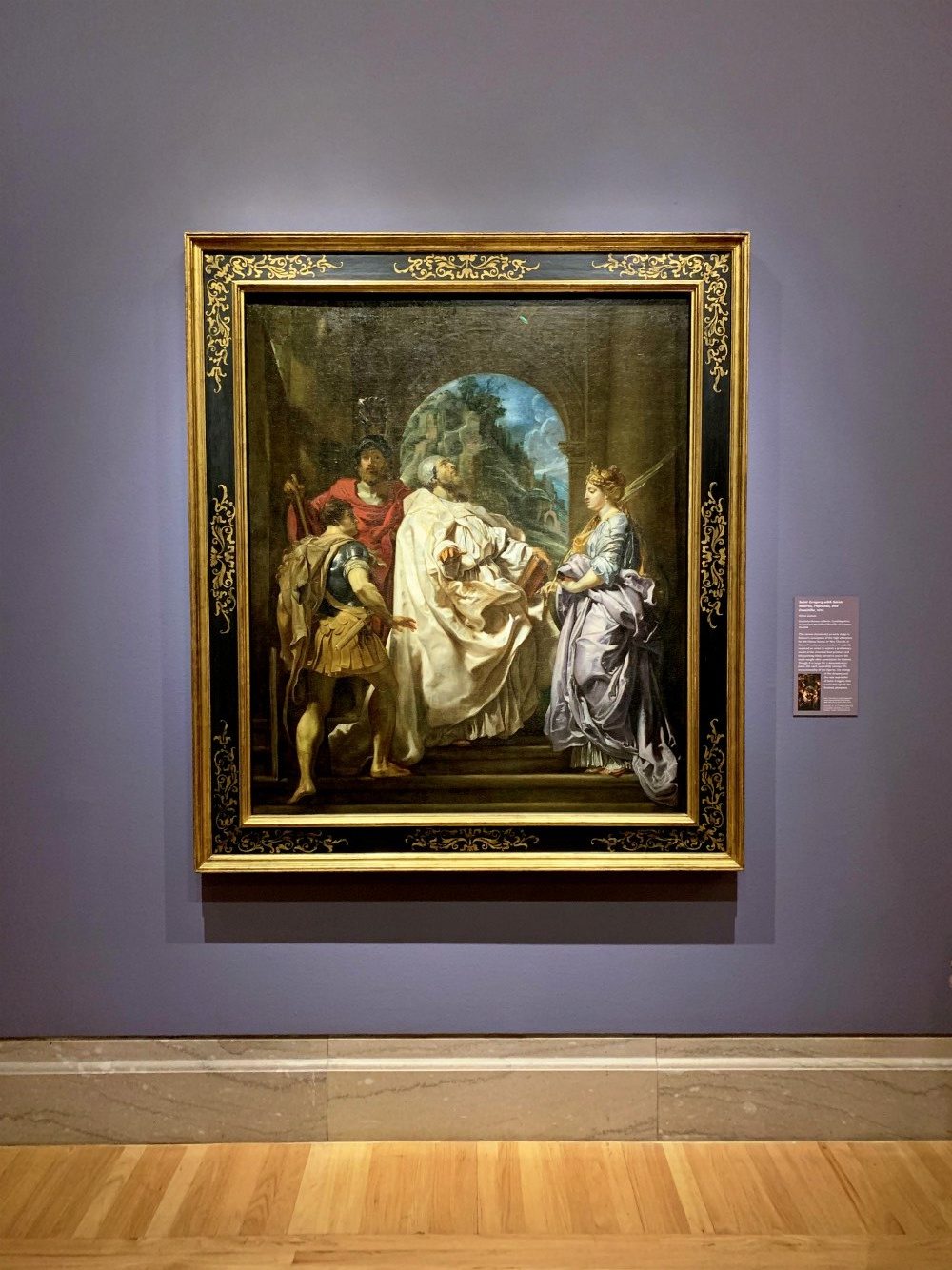 Saint Gregory with Saints Maurus, Paplanus and Domitilla, 1606
Saint Gregory with Saints Maurus, Paplanus and Domitilla, 1606
Early on in his career, Rubens studied in Italy — gathering techniques that honed his skill and brought drama to the center of his biblical depictions.
When Rubens returned to Antwerp, surprisingly a Catholic city amidst the Reformation, his training in Italy matched perfectly to the devotional environment of the city while adding drama to secular scenes.
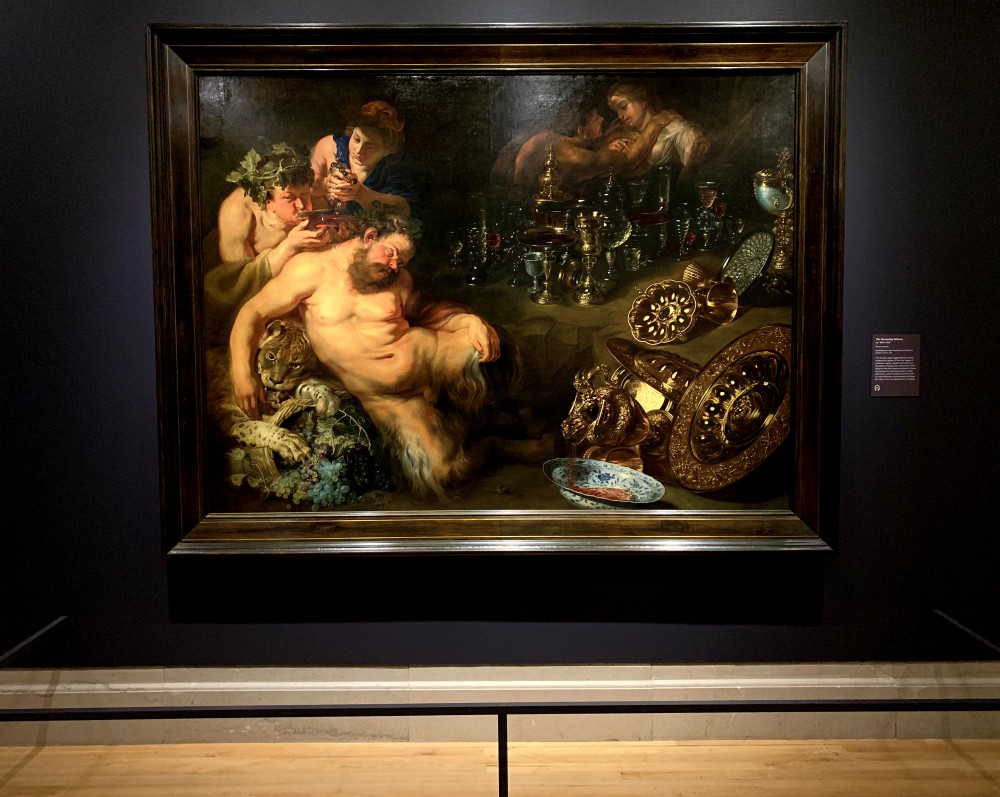 The Dreaming Silenus, 1610-1612
The Dreaming Silenus, 1610-1612
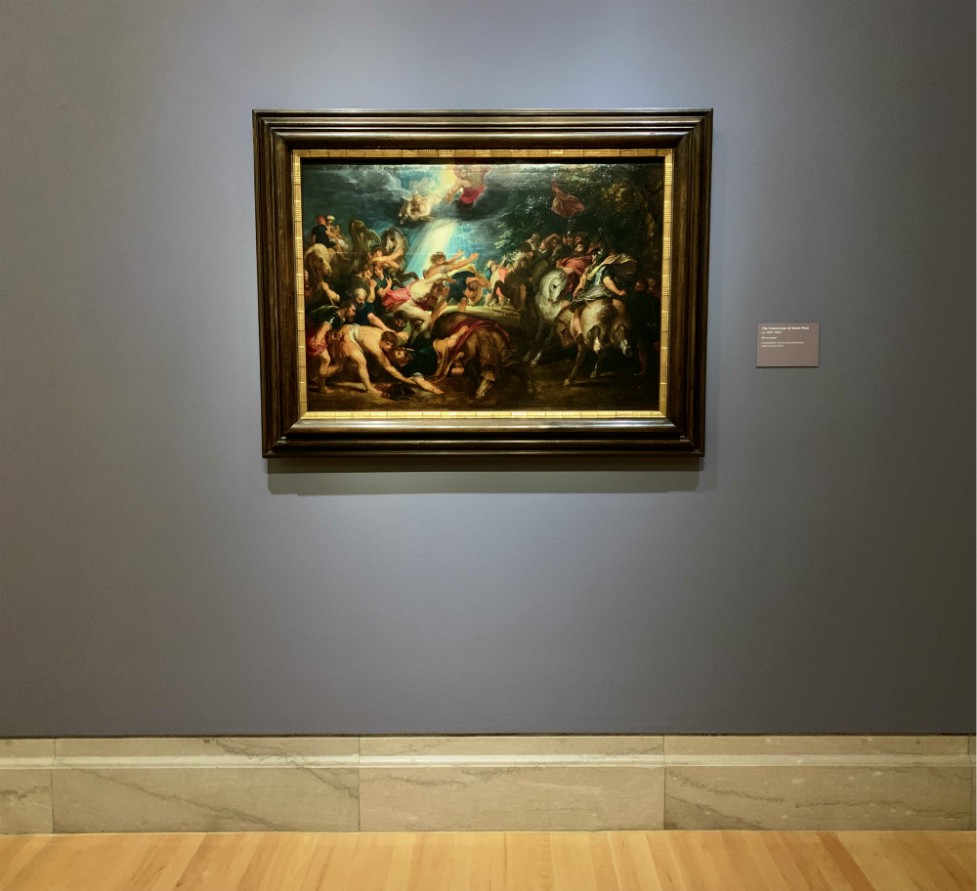 The Conversion of St. Paul, 1602
The Conversion of St. Paul, 1602
Rubens brings a tactile sense of flesh to his paintings, no doubt from his time spent in Italy where depictions of Christ were so lifelike they compelled viewers to reach out and touch the canvas.
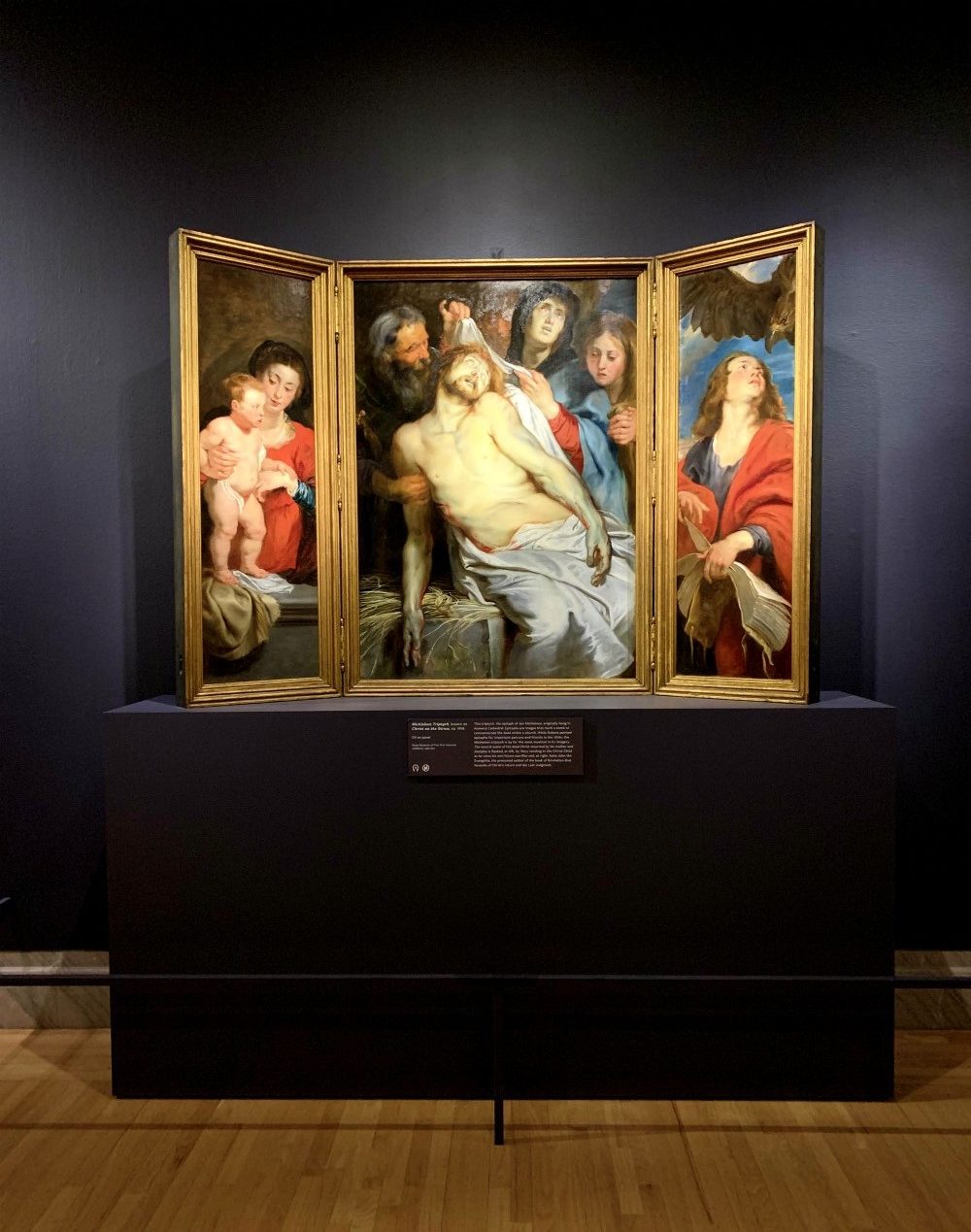 Christ on the Straw (Michielsen Triptych), 1618
Christ on the Straw (Michielsen Triptych), 1618
This fullness and more southern-Renaissance display of robust anatomy emphasized the popular style of making scenes appear overly realistic and lifelike — an attempt to break the 'fourth wall' of the canvas into the viewer's space in both devotional and secular works.
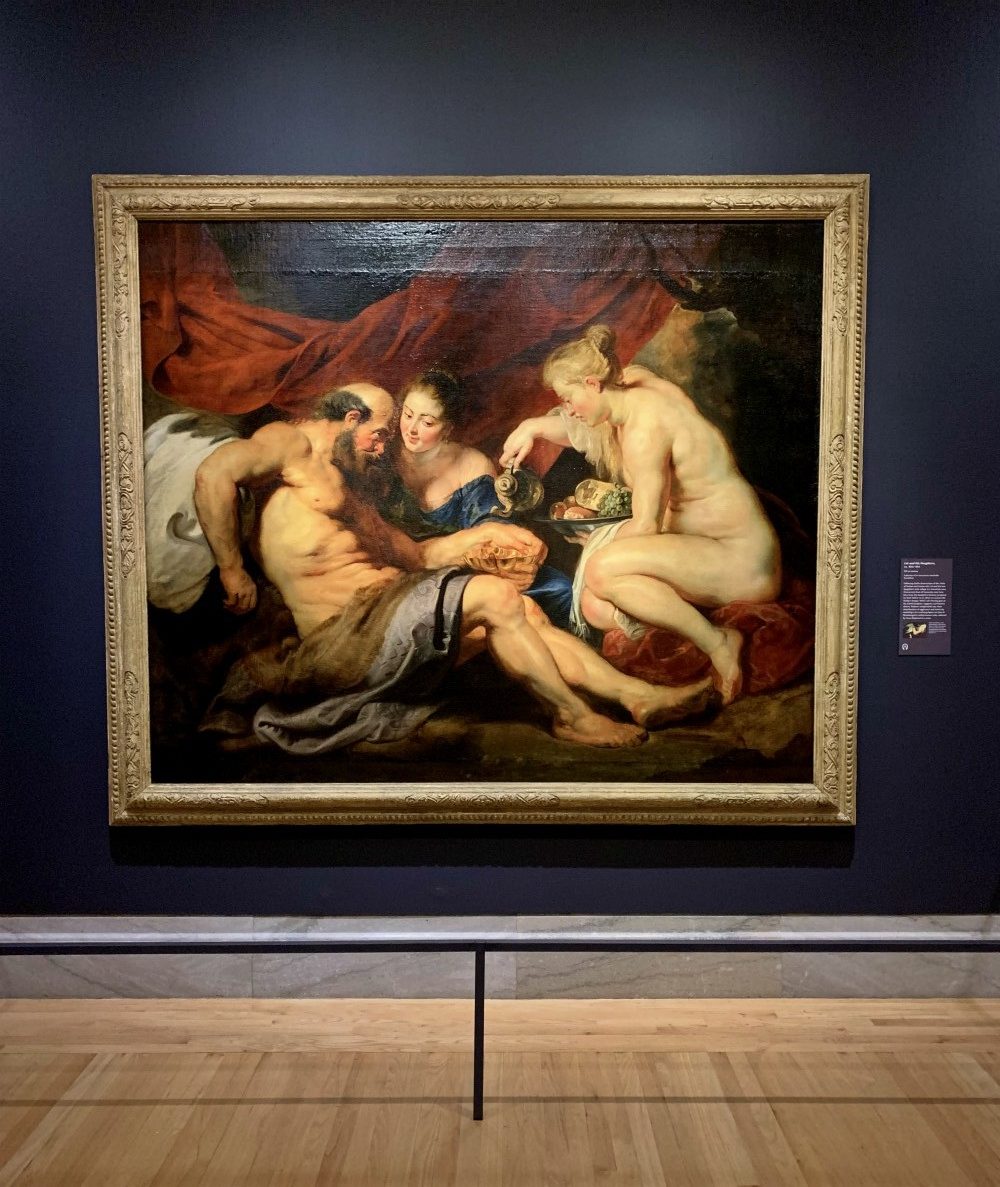 Lot and His Daughters, 1614 (very similar to Rubens' Leda painting after Michelangelo's style)
Lot and His Daughters, 1614 (very similar to Rubens' Leda painting after Michelangelo's style)
 Battle of the Amazons preparation sketch, 1603
Battle of the Amazons preparation sketch, 1603
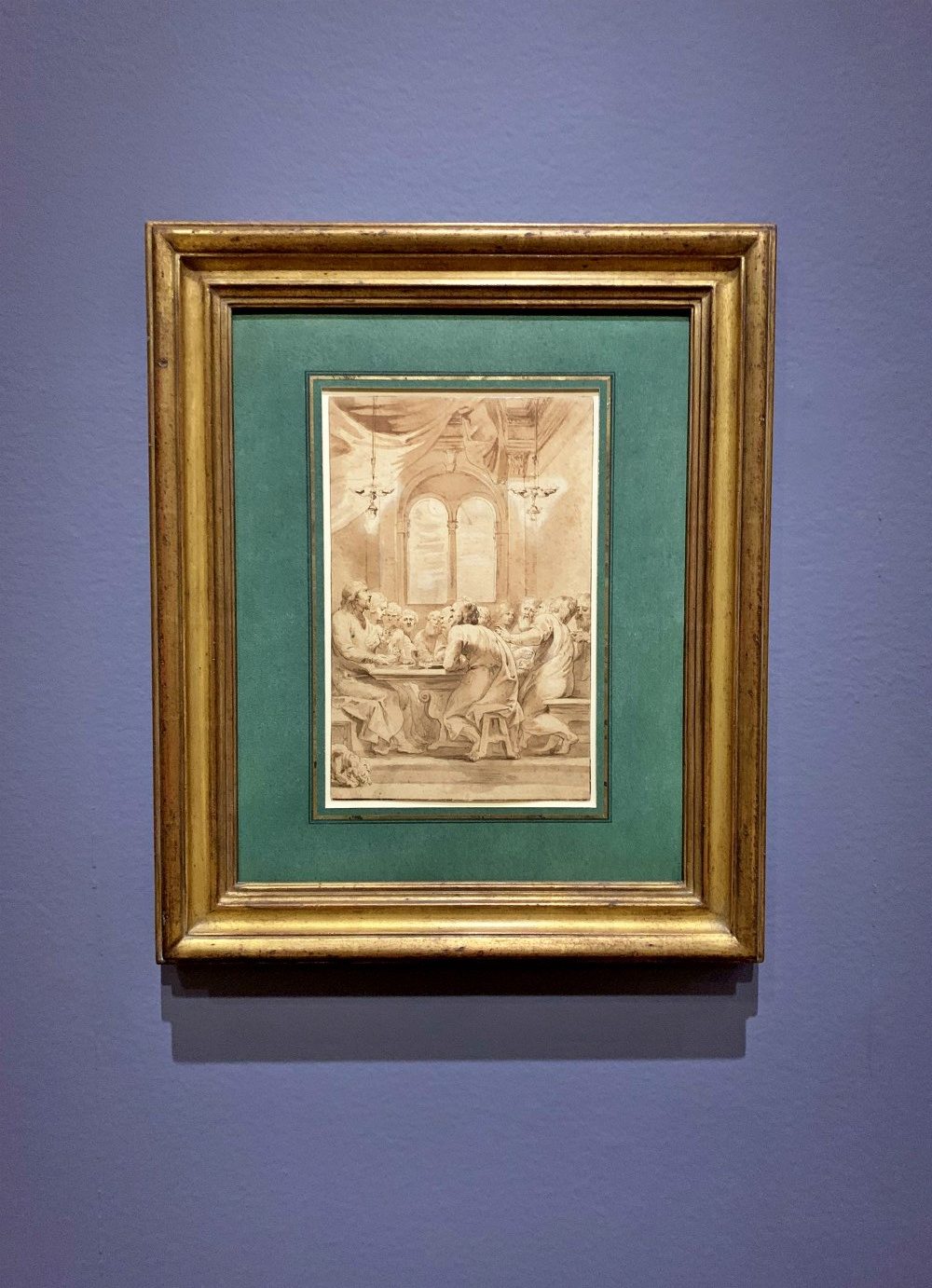 The Last Supper for the Brevarium Romanus, 1614
The Last Supper for the Brevarium Romanus, 1614
One of my favorite parts of art history is learning how many ways artists were connected across countries and worlds — how techniques and perspectives were shared and created the global cultural exchange that we take for granted today. If you were to see one of Rubens's works without a description, would you guess it was by a southern or northern European artist?
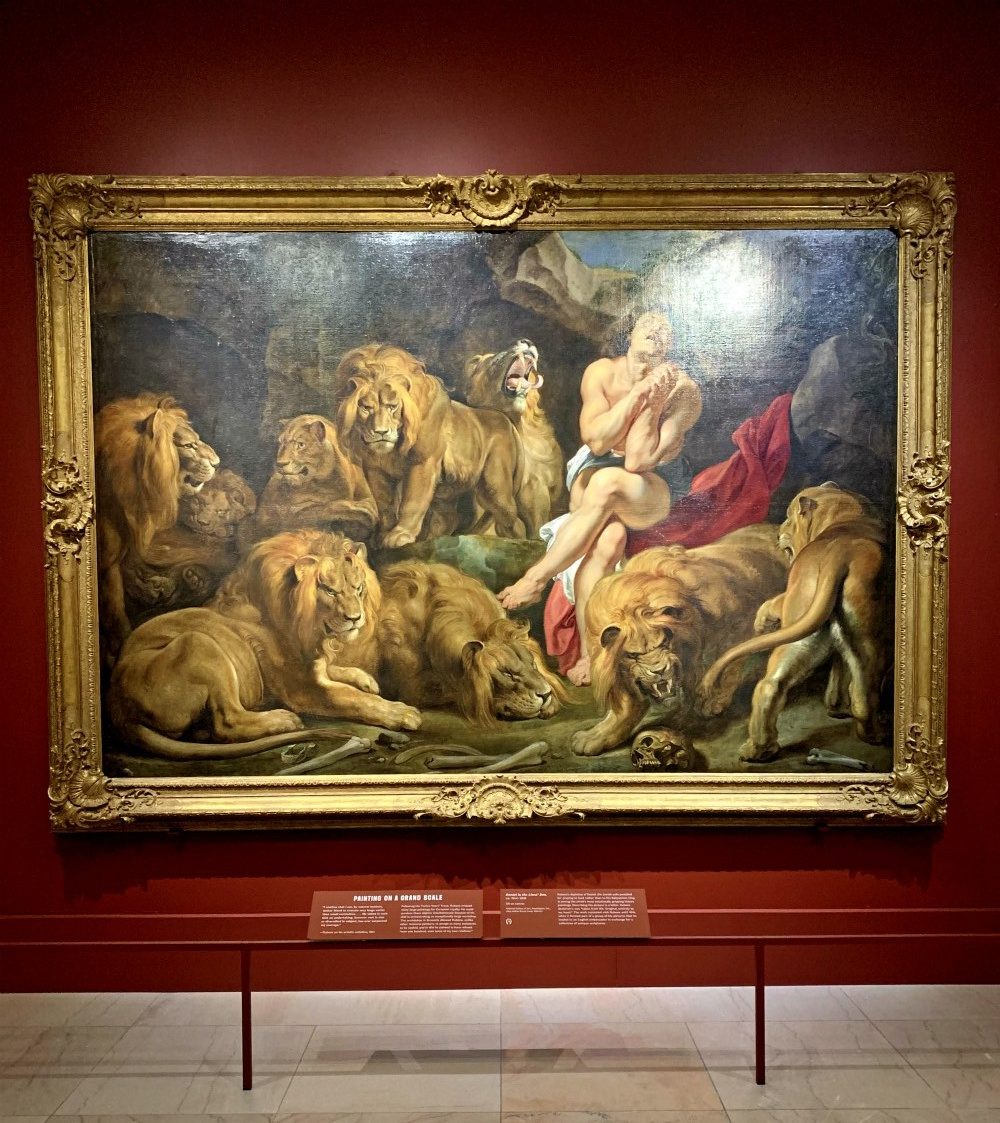 Daniel in the Lions' Den, 1614-1616
Daniel in the Lions' Den, 1614-1616
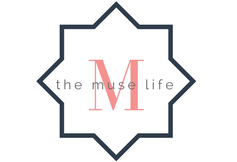
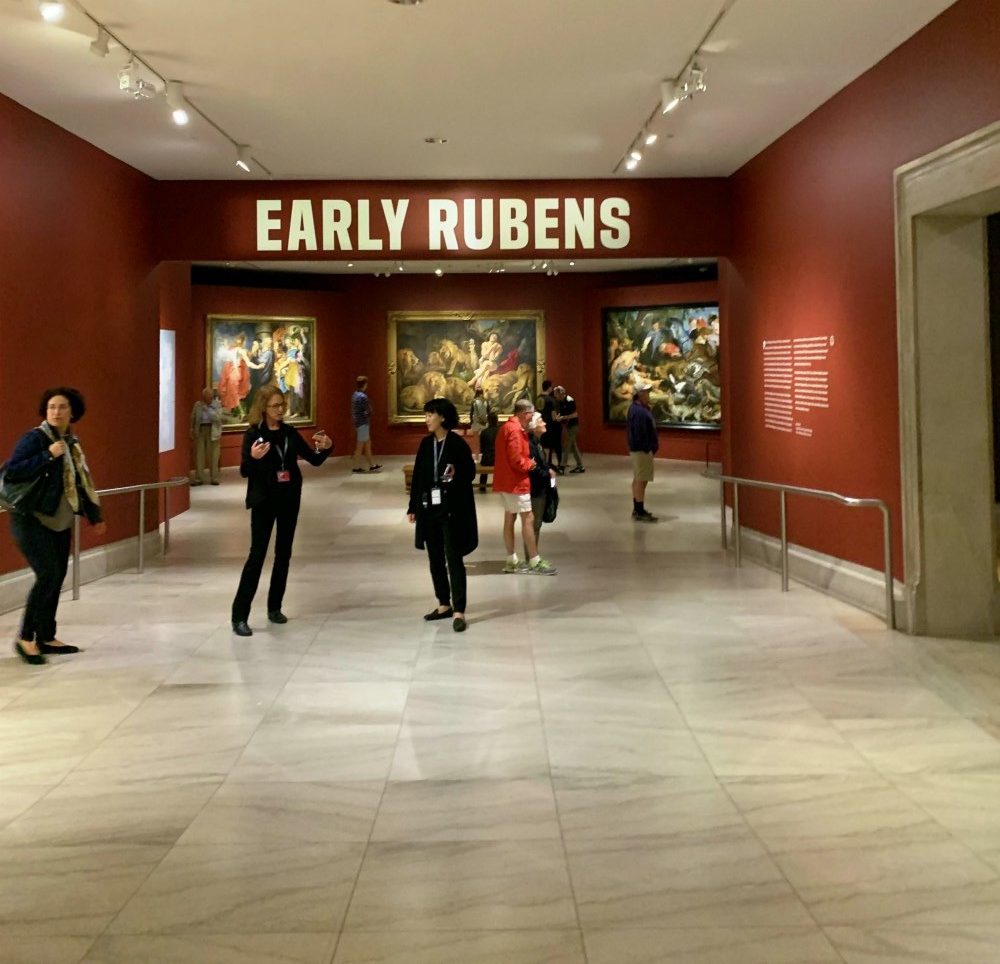
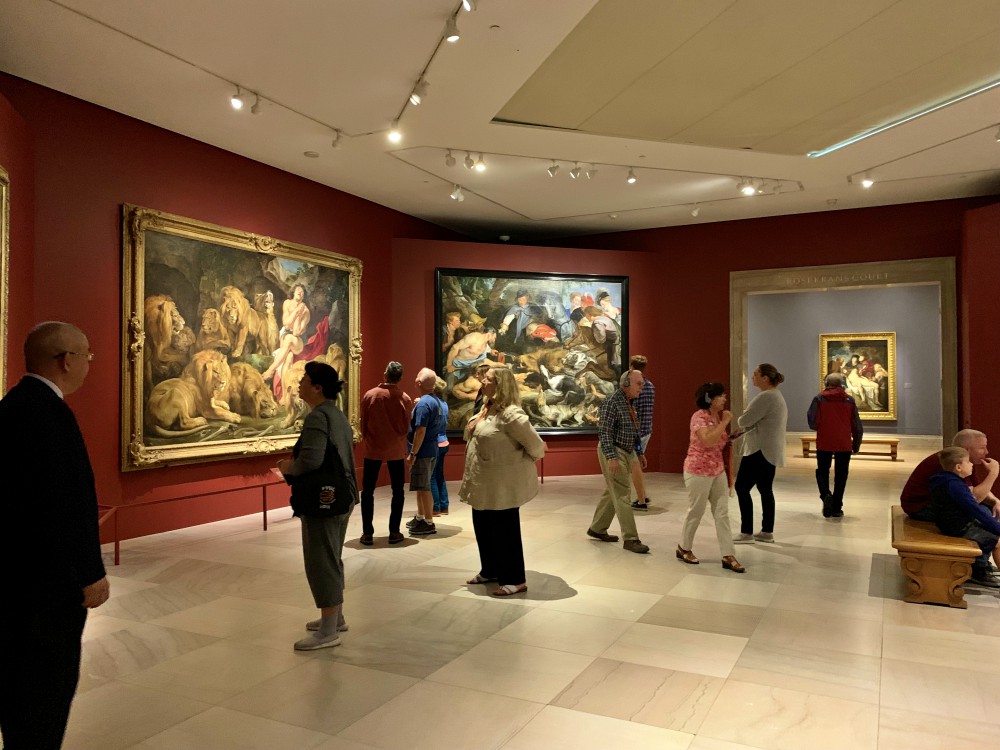
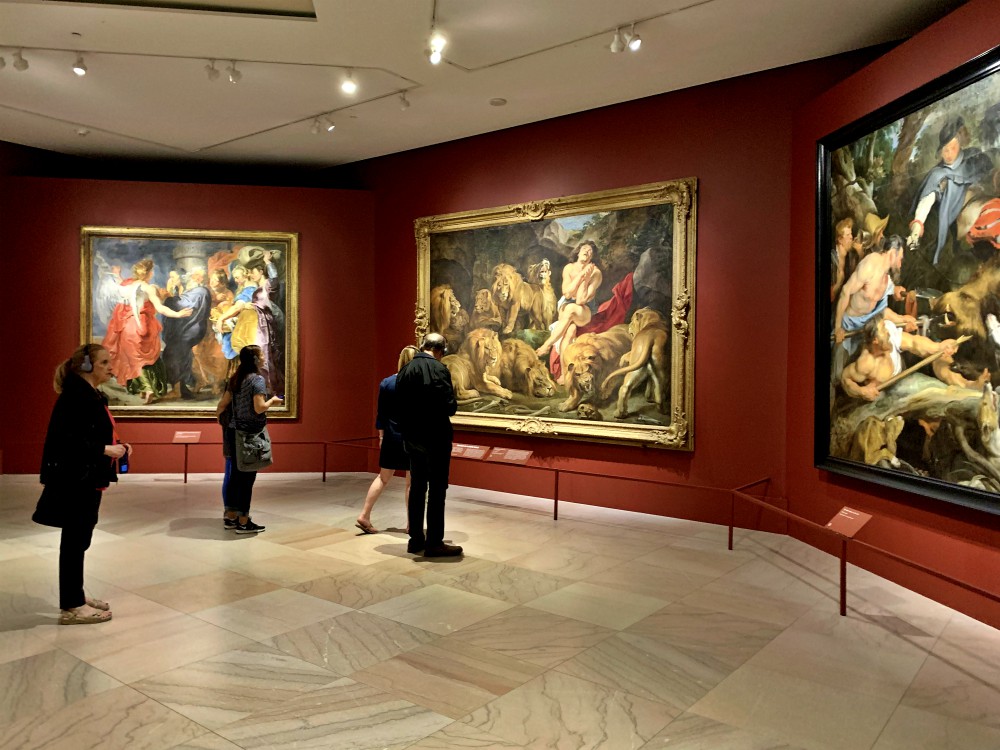
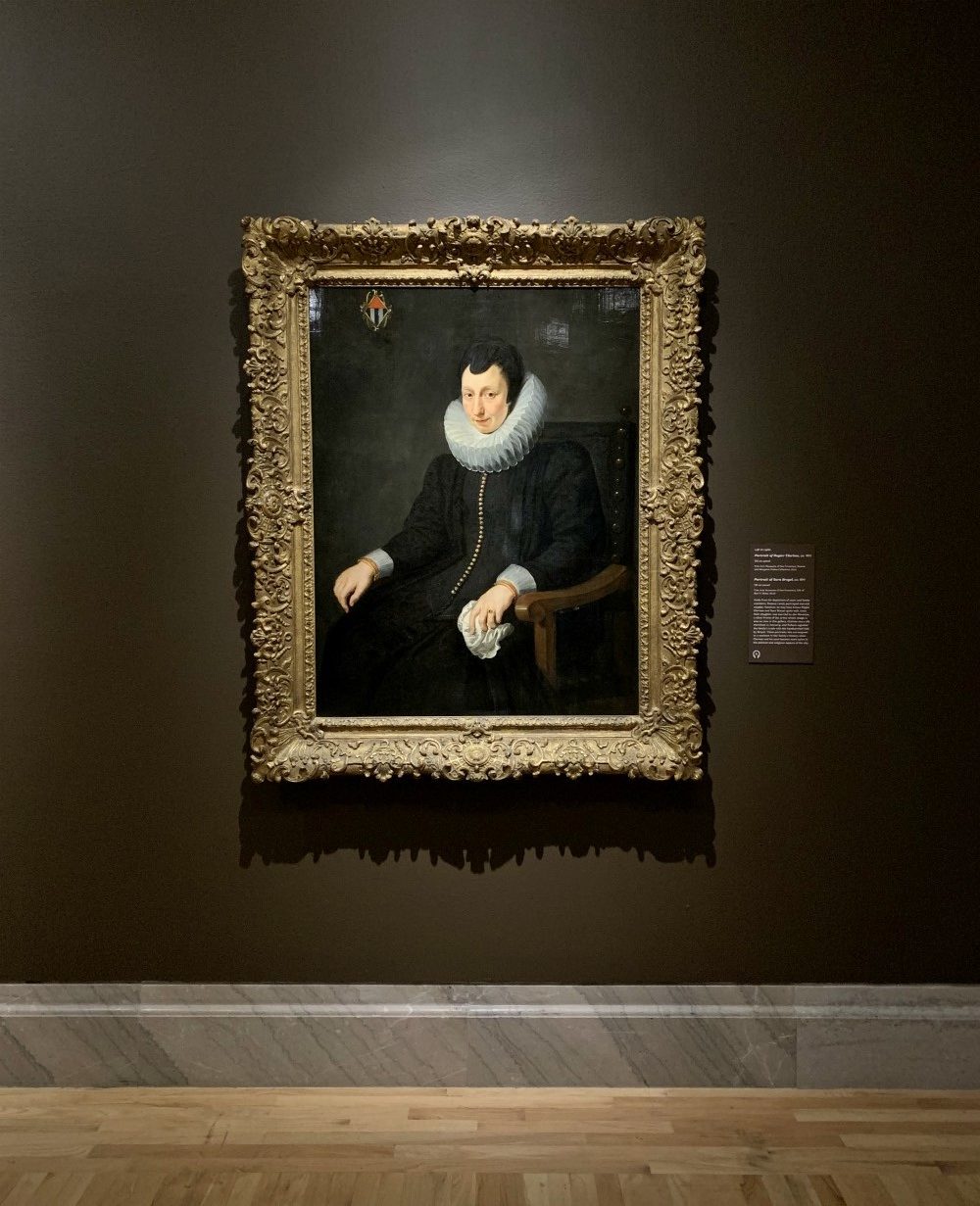
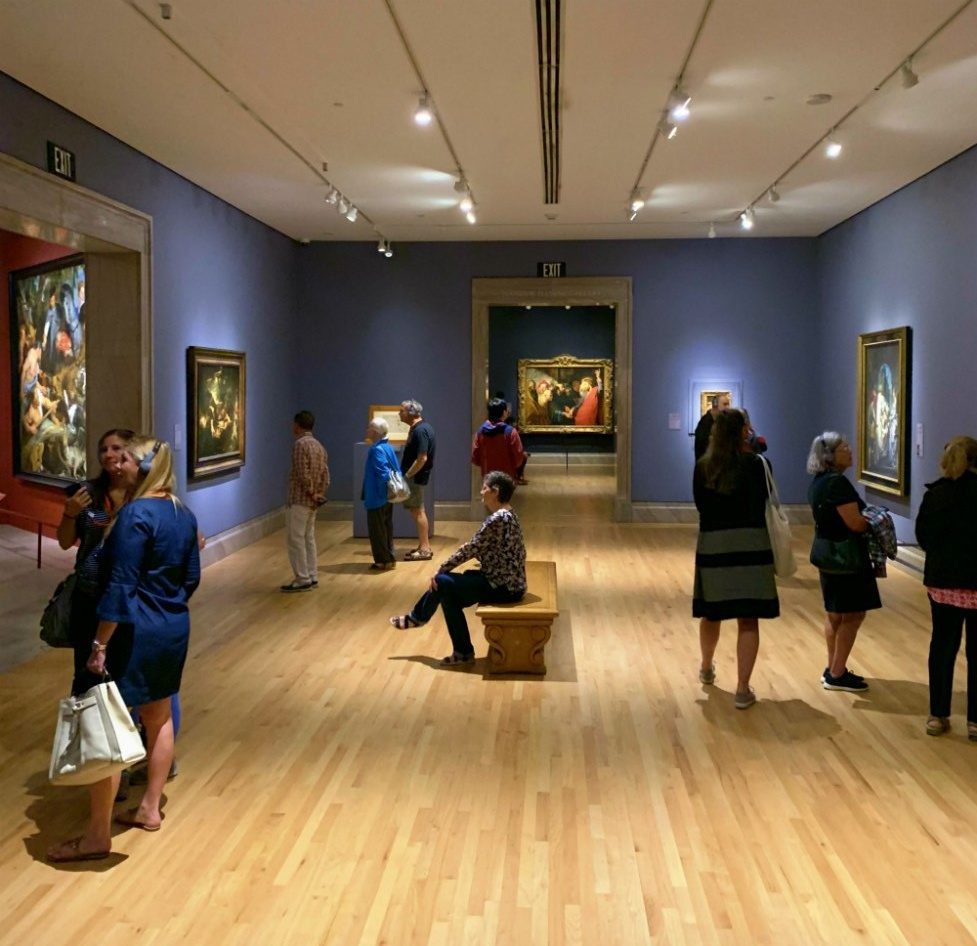
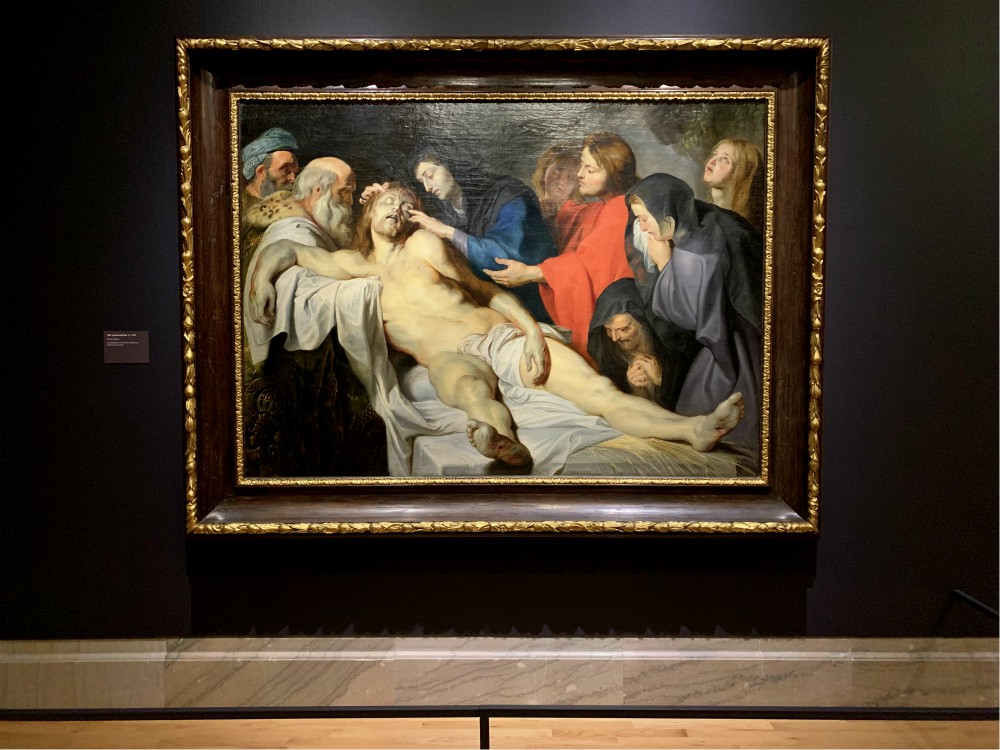
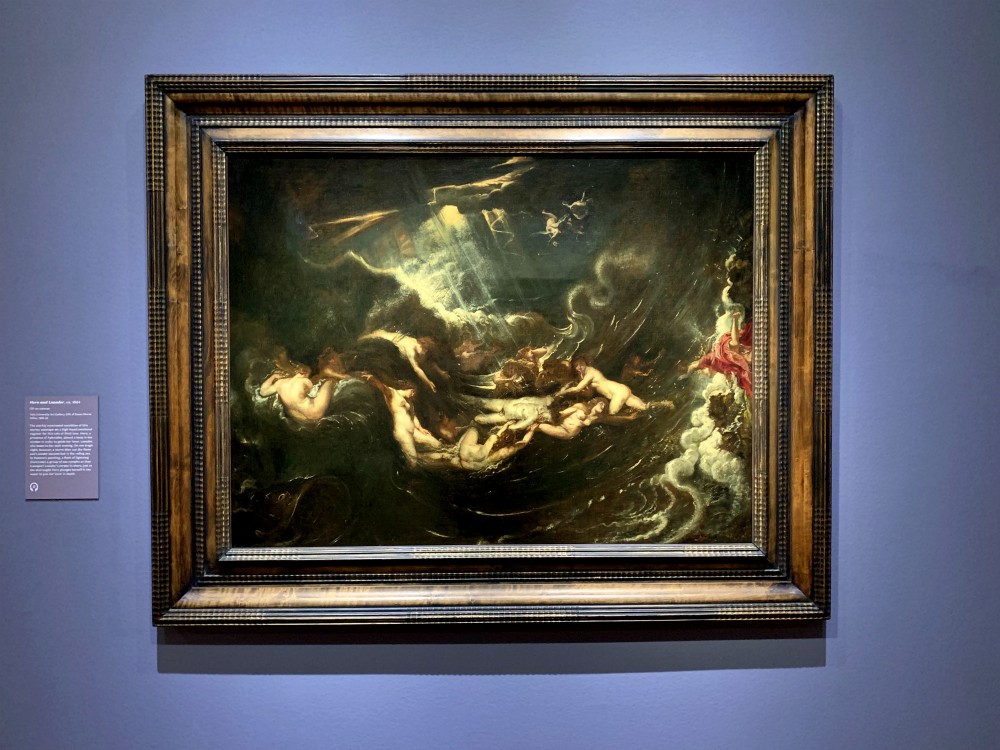
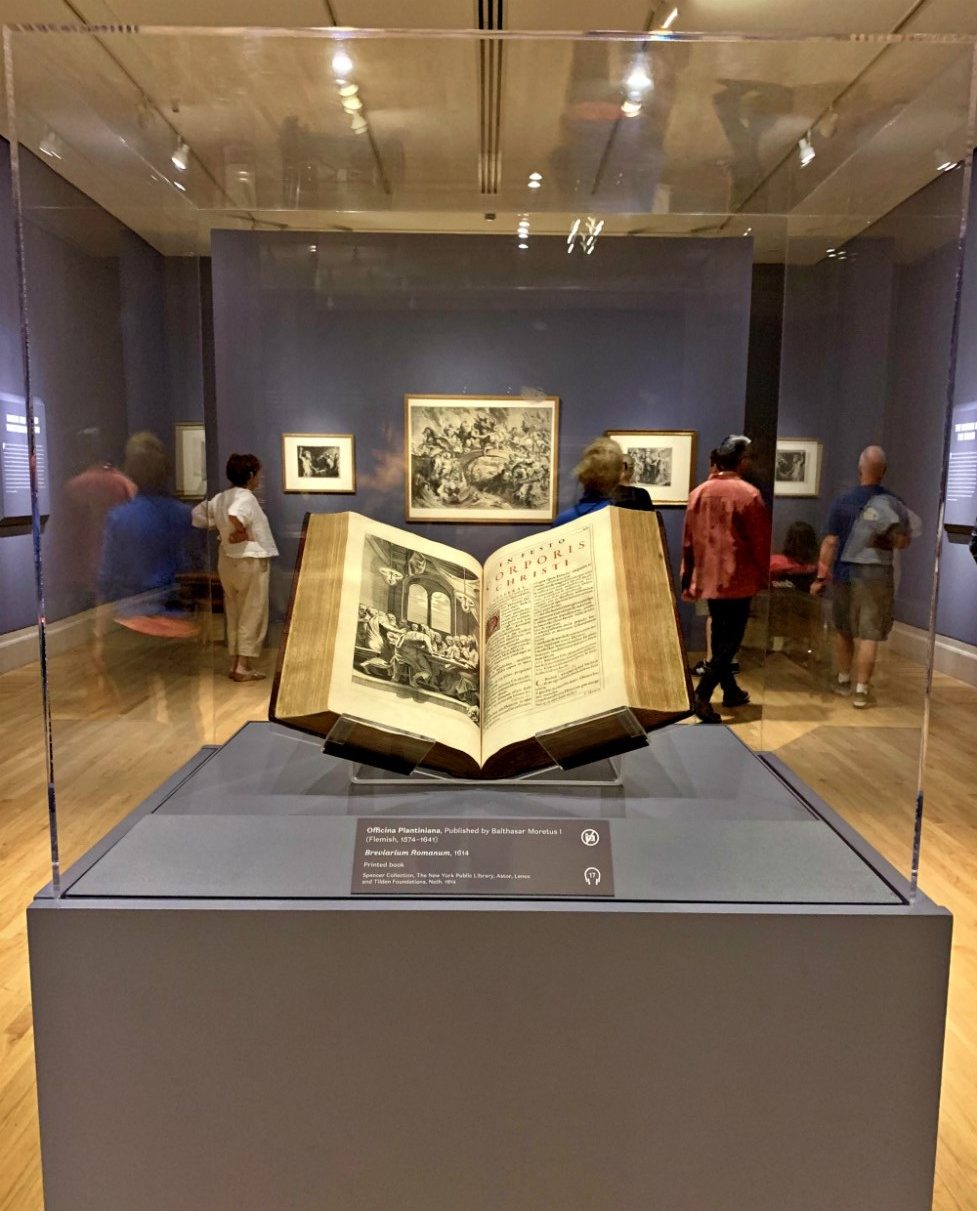
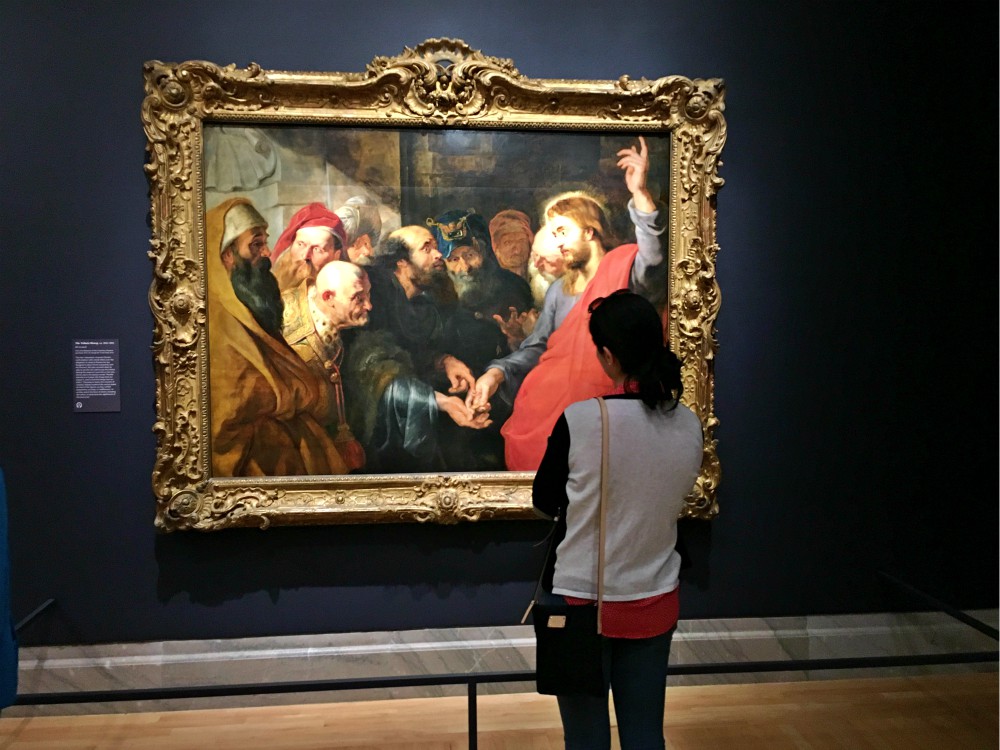
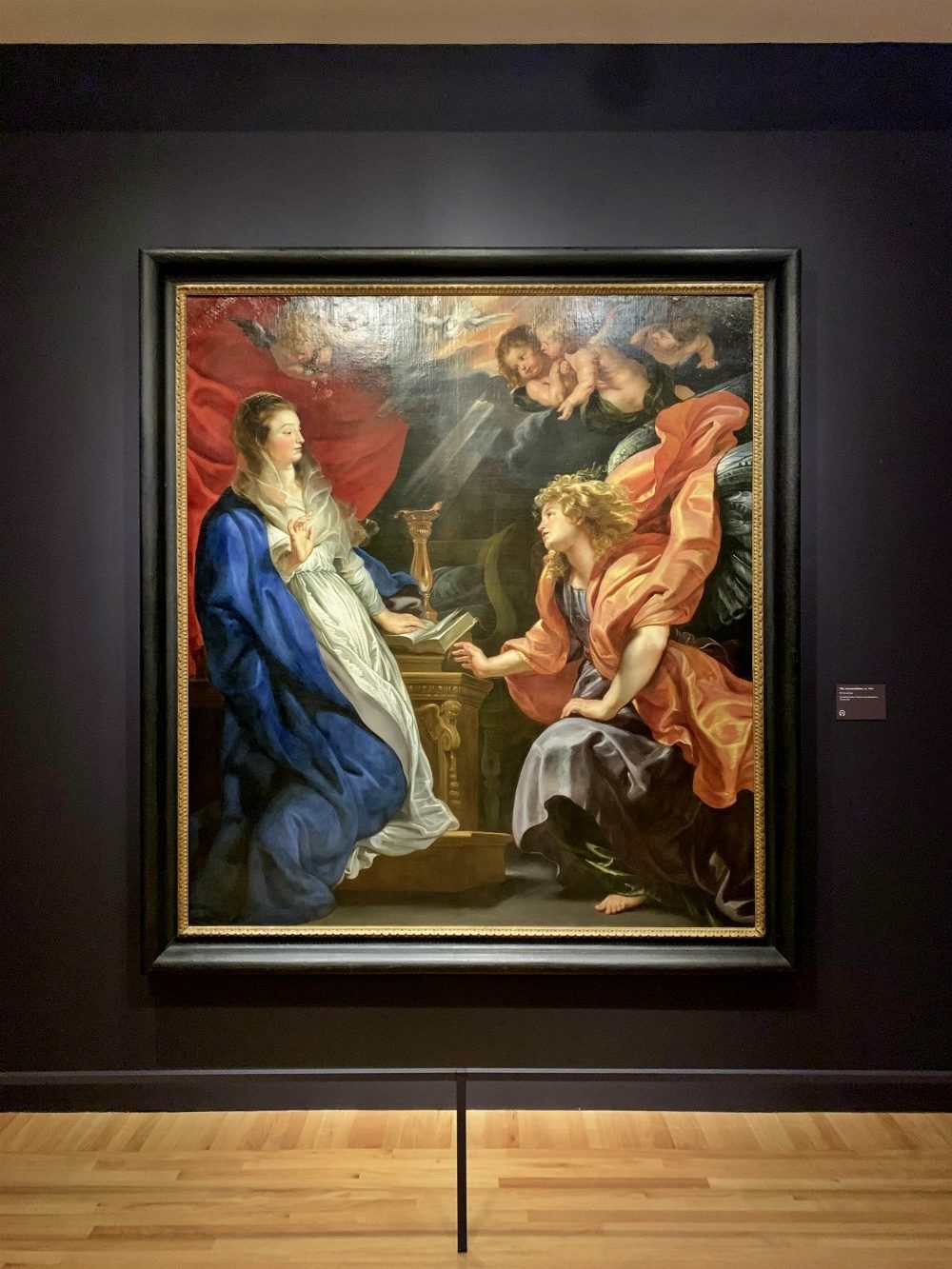
The portrait of Paracelsus is very similar to one which Wikipedia credits to an artist named Quentin Matsys
I am always blown away by how artists can use paint colors to simulate sunlight on clothing and bodies so accurately.
His paintings are very beautiful. Must have been awesome to see them in person
Yes! They were beautiful.